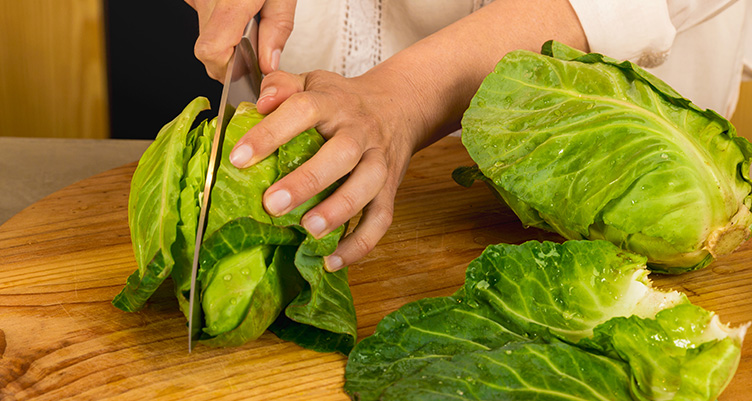How to Activate Your Longevity Genes with Hormesis
April 18th 2024
–
One of the keys to longevity is avoiding the chronic psychological stress that can wreak havoc on our health. However, not all stress is bad for us. Small doses of biological stress can produce the opposite effect, actually enhancing our health and longevity.
This is known as hormesis, a biological concept where a low dose of a harmful substance or stressor leads to beneficial effects throughout the body by activating survival mechanisms in our genes. Exercise is one example of this, exposing our muscles, cardiovascular, and respiratory systems to stress that, in turn, pushes them to adapt and become stronger and more resilient over time.
But there are many more forms of hormesis we can practice daily to help our bodies repair damage, fight off disease, and resist aging.
Understanding Hormesis: A Paradox of Stress
While chronic stress from things like loneliness, mental burnout, and isolation cause dysfunction in the body—interfering with sleep and hormone levels, suppressing immune function, and contributing to cardiovascular problems—hormesis works by activating adaptive mechanisms that turn moderate stress into a beneficial stimulus. We have evolved to become resilient in the face of the common stressors we faced throughout evolution: lack of food, extremes of heat and cold, the need for prolonged exercise to hunt or gather or travel long distances. When we have the right stresses in the right dose many good things happen:
- Activating Longevity Switches : Moderate stress activates crucial cell signaling pathways that boost stress resistance, cell and DNA repair mechanisms, and metabolic efficiency by boosting our mitochondrial function, reducing inflammation, fighting cancer and more. s These switches, which I explain in detail in my book Young Forever, include sirtuins, which are involved in cellular health and aging and improving insulin sensitivity, reducing oxidative stress and inflammation, and AMPK pathways that also improve blood sugar regulation, but also turn off cancer genes, create new mitochondria, and reduce inflammation. Another key longevity switch is mTOR, which is inhibited by lack of food or fasting and prolongs life in all models studied in part through activating cellular recycling called autophagy.
- Enhancing Cellular Resilience: Hormetic stress can activate improved cellular cleanup processes (autophagy), better DNA repair, and enhanced antioxidant defense mechanisms, allowing cells to remove damaged components and recycle them and reducing the accumulation of genetic mutations that can lead to diseases. It can even improve stem cell number and function.
- Recalibrating Metabolism: Temporary nutrient deprivation via caloric restriction or intermittent fasting can recalibrate the body’s metabolic processes. These forms of stress temporarily deprive cells of abundant nutrients, encouraging them to become more efficient in energy production and utilization. It literally activates all your innate longevity switches. This increased metabolic efficiency helps reduce the buildup of waste products that are linked to aging and disease and enhances the ability of cells to derive energy from stored fats and sugars.
Simple Steps to Integrate Hormesis Into Your Lifestyle
Follow a Balanced Exercise Routine
- Strength Training and High-Intensity Interval Training (HIIT): Short bursts of high-intensity training or regular strength training can act as physical stressors that enhance muscle function and cardiovascular health, improve insulin sensitivity, increase mitochondrial function, and activate your body’s own longevity switches.
- How to Practice: Aim for 30 minutes of exercise daily, alternating between strength, aerobic, and flexibility programs such as resistance training with weights or bands, yoga or tai chi, and a combination of moderate-intensity cardio (like brisk walking or cycling) and high-intensity interval training.
Give Your Gut a Break Between Meals
- Intermittent Fasting: Restricting calories or practicing intermittent fasting imposes mild stress on the body, promoting metabolic efficiency and stress resistance, increasing autophagy, reducing inflammation, and activating longevity genes.
- How to Practice: Avoid eating three hours before bedtime, and allow for 12-16 hours of fasting overnight between dinner and breakfast (for example, eating dinner at 6 PM and breakfast at 8 AM without snacks in between).
Practice Cold and Hot Therapy
- Cold Showers or Ice Baths: Brief exposure to cold stress can enhance immune function, increase antioxidant production, and activate brown fat, which is full of mitochondria and boosts your metabolism.
- Saunas or Hot Baths: Heat stress induces heat shock proteins that help in protein repair, reduce oxidative stress, and improve cardiovascular health. Why should you care? Damaged proteins are one of the hallmarks of aging that drive accelerated aging. This also stimulates your body’s innate immune system protecting you from cancer and infection.
- How to Practice: For cold exposure, start by ending your showers with 30 seconds of cold water and gradually increase the length to several minutes before moving on to cold plunges (if desired). For hot exposure, take several hot baths or use a sauna several times a week. Even if you don’t have a cold plunge, filling up your bath with cold water (as low as 40 and as high at 55 degrees) for 1 to 3 minutes is enough to get the benefit. For saunas try to get up to 170 degrees Fahrenheit for 15 to 30 minutes. Going in and out is fine!
Add Phytochemical Stressors to Your Plate
- Consumption of Certain Plants: Eating a wide range of phytochemical-rich foods activates various protective pathways in the body. Foods rich in polyphenols, like berries, nuts, and green tea, can exert a mild stress on cells, activating antioxidant defenses and longevity pathways.
- How to Practice: Increase your intake of beneficial phytochemicals in foods such as resveratrol (found in red grapes and berries), sulforaphane (found in cruciferous vegetables like broccoli, Brussels sprouts, and cabbage), curcumin (found in turmeric), quercetin (found in apples, onions, capers, and berries), epigallocatechin gallate (found in green tea), and anthocyanins (found in blueberries, blackberries, cherries, and red cabbage). One of the best immuno-rejuvenating and phytochemically rich plants is Himalayan Tartary Buckwheat. I use the Himalayan Tartary Buckwheat Sprout Powder in my daily smoothie.
Hormesis reveals the counterintuitive truth that not all stress is harmful; in fact, moderate stress can be profoundly beneficial. By strategically incorporating hormetic practices into our lives, we can activate our longevity genes and built in longevity switches such as mTOR, AMPK and sirtuins, improve our health, and extend our lifespan. As always, it’s important to approach these practices with balance and mindfulness, listening to our bodies and getting the advice of experts if you have any serious medical conditions.
References
1. Costa D, Scognamiglio M, Fiorito C, Benincasa G, Napoli C. Genetic background, epigenetic factors and dietary interventions which influence human longevity. Biogerontology. 2019;20(5):605-626. doi:10.1007/s10522-019-09824-3
2. Mattson MP. Dietary factors, hormesis and health. Ageing Res Rev. 2008;7(1):43-48. doi:10.1016/j.arr.2007.08.004
3. Rattan SI. Aging, anti-aging, and hormesis. Mech Ageing Dev. 2004;125(4):285-289. doi:10.1016/j.mad.2004.01.006
4. Calabrese V, Cornelius C, Dinkova-Kostova AT, et al. Cellular stress responses, hormetic phytochemicals and vitagenes in aging and longevity. Biochim Biophys Acta. 2012;1822(5):753-783. doi:10.1016/j.bbadis.2011.11.002
5. Tomita K, Kuwahara Y, Igarashi K, et al. Mitochondrial Dysfunction in Diseases, Longevity, and Treatment Resistance: Tuning Mitochondria Function as a Therapeutic Strategy. Genes (Basel). 2021;12(9):1348. Published 2021 Aug 29. doi:10.3390/genes12091348
6. Hill S, Van Remmen H. Mitochondrial stress signaling in longevity: a new role for mitochondrial function in aging. Redox Biol. 2014;2:936-944. Published 2014 Jul 27. doi:10.1016/j.redox.2014.07.005
7. Peräsalo J. Traditional use of the sauna for hygiene and health in Finland. Ann Clin Res. 1988;20(4):220-223.
8. Laukkanen JA, Kunutsor SK. The multifaceted benefits of passive heat therapies for extending the healthspan: A comprehensive review with a focus on Finnish sauna. Temperature (Austin). 2024;11(1):27-51. Published 2024 Feb 25. doi:10.1080/23328940.2023.2300623
Read the full article here:

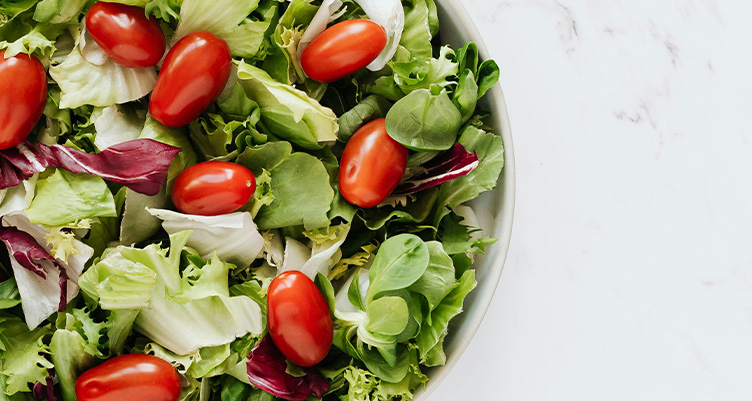
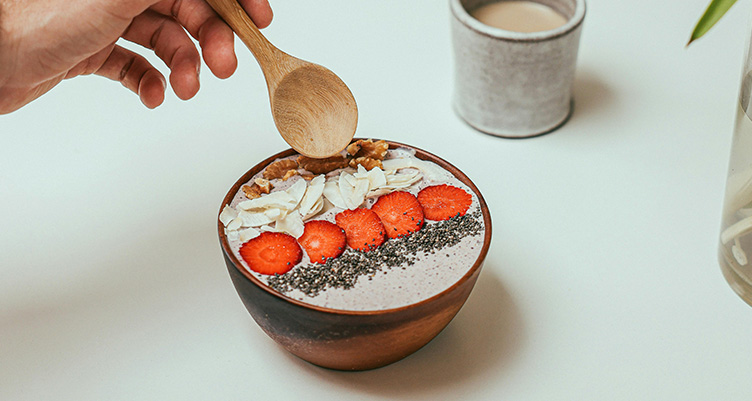

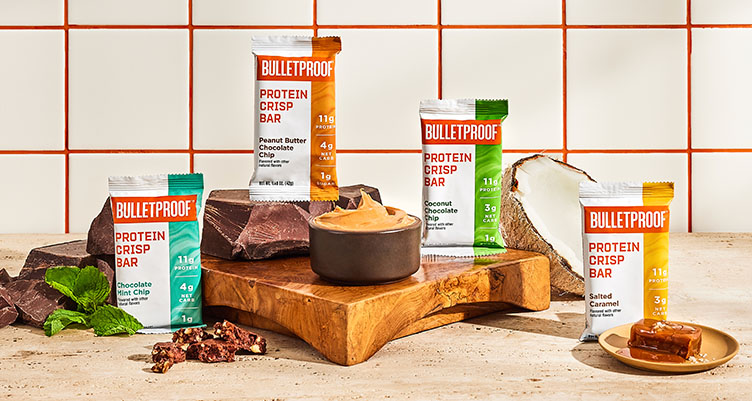
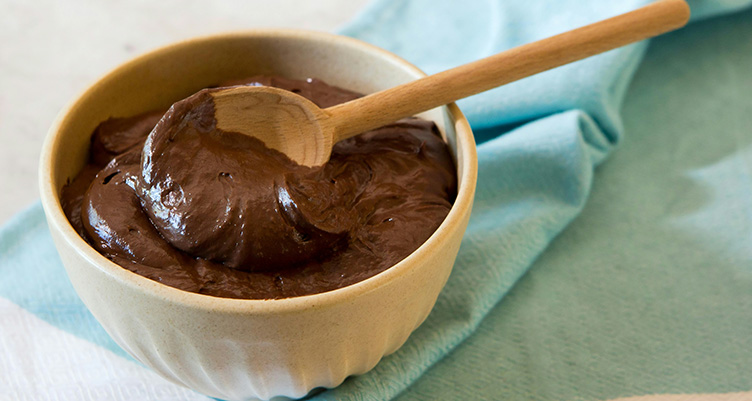

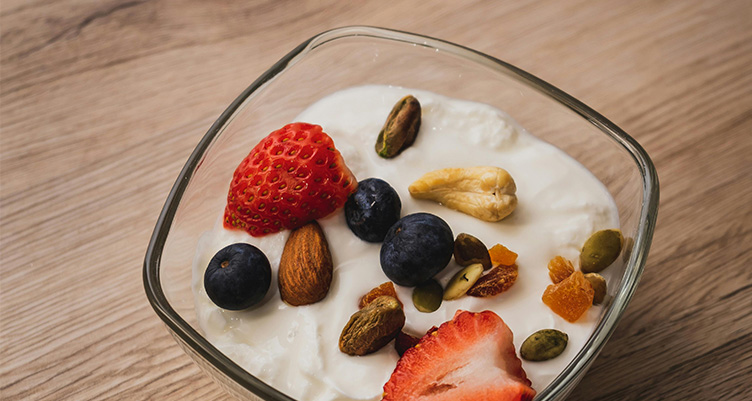
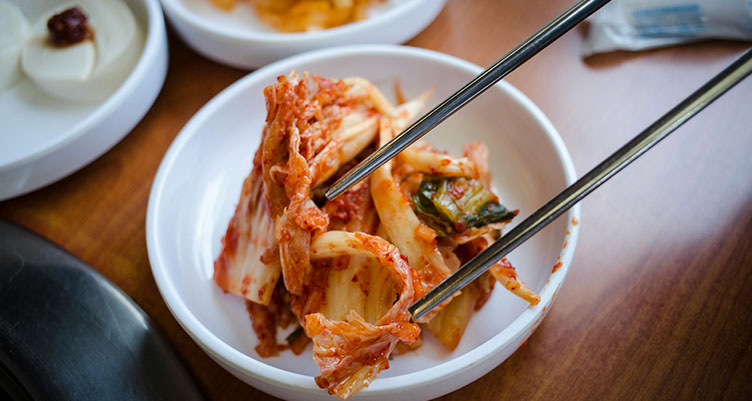 Fermented Foods List
Fermented Foods List
